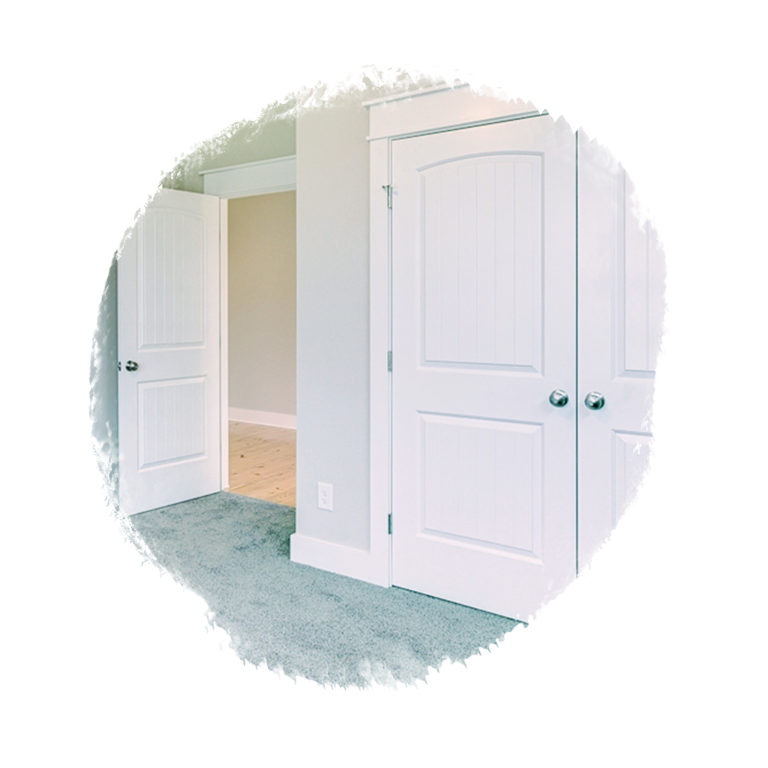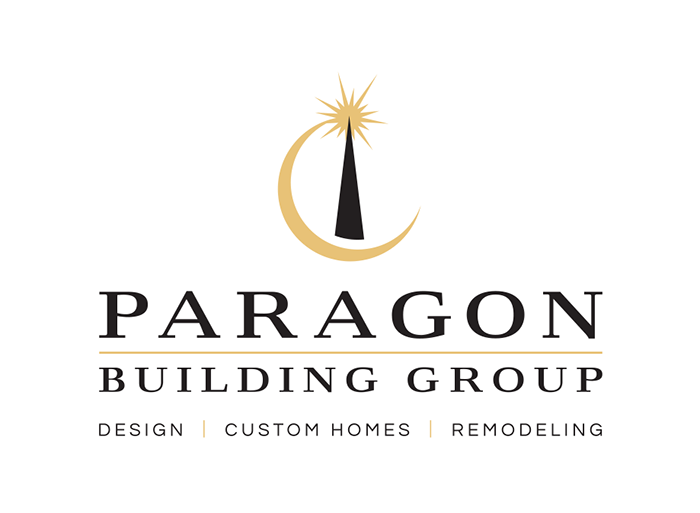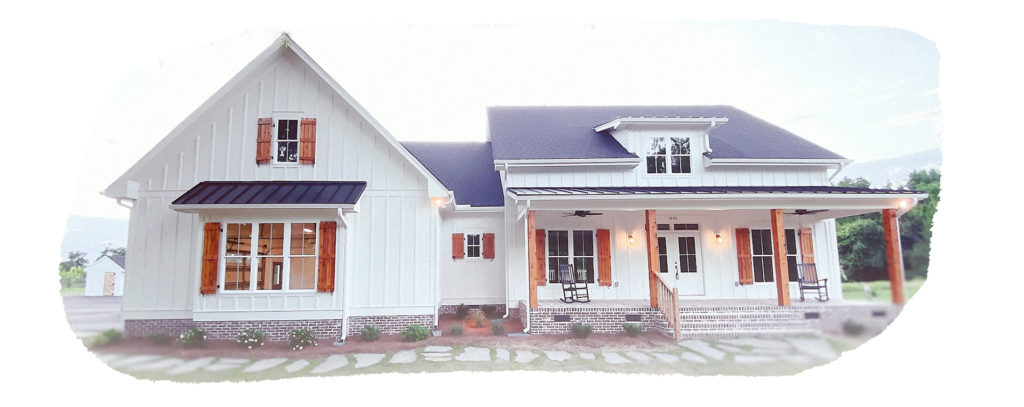So, First, What is Universal Design?
Universal Design makes spaces, activities and things more accessible to more people by preemptively designing for all bodies and all abilities. Therefore, Universal Design, at its best, isn’t something you’ll notice. It is something that will seamlessly blend into its surroundings. Inclusion doesn’t need to draw attention to itself in order to exist; inclusion simply needs to exist. The elements of Barrier-Free Living, Aging-in-Place and Multi-Generational Home designs are all part of that inclusion and part of Universal Design.
When actions and ideas are designed for the greatest good for the greatest number, in philosophy, it is called Act Utilitarianism. This principle is a fancy way of thinking about and talking about being kind, empathic, understanding and trying to do things in life that have positive effects for as many people as possible. I’m sure reading that sentence made you think of at least one person you know, who intuitively cares deeply about others. That is what Universal Design really is: self-care and caring about others by designing thoughtfully. Universal Design is the most good for the greatest number, which is true for custom building, product design, and all manner of things that affect use and accessibility in our daily lives.
A Quick Example of Universal Design in Action:
Some people won’t see a difference between these two types of door handles or doorknobs, beyond style.
Style 1: Knob

Style 2: Lever

Where some people see only style, other people will see one type of door they can open, and one type of door they will need to ask a friend or family member to help them to open. And, a third group of people will simply choose silence and not go inside, because they either do not wish to ask for help, or they are unable to in that moment.
Levers are easier for a wider group of people to open independently. So, using Universal Design principles would guide us to levers over knobs.
Throughout your life, and even day-to-day or hour-to-hour, you may find yourself seeing these knobs differently. Imagine you are holding a baby and a diaper bag: which is easier? Do you ask for help? What about if you were carrying a bunch of groceries? There is a lot of diversity in life, and we think it would be great to design to include seamless support for as much of life’s moments as possible.
Independence and accessibility are important for all of us. And having a continued sense of agency, or the sense of being able to affect change in one’s life, is deeply important for one’s mental health. When something as simple as a style of door handle can make that kind of difference, I think we can all agree that form should follow function. More people being able to open more doors is be better for everyone in a community, in a family, and in a home.
Who Does Universal Design Benefit Most?
The simple answer: everyone. Universal Design takes all the ideas above and applies them to any number of things that people use every day in a home. The principles of Universal Design are based in the idea of creating design for facilities that may be used by the greatest number of people possible, regardless of their age, physical disabilities, and other factors.
Far from being mere special treatment for certain people, Universal Design often creates benefits for people from all walks of life and allows access for others where there would be no access otherwise. For example, as the University of Washington’s DO-IT (Disabilities, Opportunities, Internetworking, and Technology) Center points out, automatically-opening doors, like those often found at supermarkets and other businesses, are helpful for people who are in wheelchairs or might have difficulty opening a door – but they’re also very helpful for people with strollers, arms full of groceries, or small children who can’t reach the door handle. Similarly, DO-IT notes that sidewalk curb cuts are helpful for not only people with wheelchairs, but allow people on bikes and skateboards, delivery people with rolling carts, and others to easily get from the street to the sidewalk and back.
It is also worth noting that Universal Design is not just limited to just architecture and city planning – it is a process that can be applied everywhere from the classroom to the boardroom, from technology to simple social interactions. In many ways, it streamlines concepts, allowing for the inclusion of many different types of people while reducing the need for specialized accommodation.
What are the Principles of Universal Design?
The principles of Universal Design are fairly new, having begun their history in the 1970s with North Carolina State University (Read More: The History of Universal Design.)
1. Equitable Use
Designs must be useful and marketable to people with diverse abilities.
Everyday Examples: Movies, televisions, and other technology often have adaptive elements such as closed-captioning or visual descriptions for people who are hearing or visually impaired. These tools have multiple applications; for example, closed captioning is sometimes used to help children learn to read, or to learn a foreign language.
2. Flexibility in Use
Design must accommodate a wide range of individual preferences and abilities.
Everyday Examples: In addition to the elements of closed captioning or visual descriptions above, technology also often allows people to pick from multiple languages (English, Spanish, etc.) to get the information they need.
3. Simple and Intuitive Use
Use of the design is easy to understand, regardless of the user’s experience, knowledge, language skills, or current concentration level.
Everyday Examples: Most kiosks or stations such as ATMs, gas pumps and the like have clearly labeled buttons/touchscreens that allow people to easily go through once-complex tasks that previously required the aid of specially trained employees.
4. Perceptible Information
Design must communicate necessary information effectively to the user, regardless of ambient conditions or the user’s sensory abilities.
Everyday Examples: Many facilities, such as classroom lecture halls to large concerts, use monitors to help people who are far away from the stage to see and hear what’s going on. Similarly, news programs often contain extensive graphics to allow people just tuning in to understand the story in progress and provide quick updates.
5. Tolerance for Error
The design minimizes hazards and the adverse consequences of accidental or unintended actions.
Everyday Examples: It’s as simple as pencils having erasers, or the “undo” command in most computer programs. On a more technical level, you can see tolerance for error in many appliances, such as washing machines and driers shutting down when the door is open, or food processors not starting the chopping process until the lid is secure. On an environmental/architectural level, it could be something like a wall/fence or railing.
6. Low Physical Effort
The design can be used efficiently and comfortably and with a minimum of fatigue.
Everyday Examples: Items mentioned above, such as automatic doors, touch screen- and voice-activated devices. It can also take into account things like distance, maneuverability, and other physical elements.
7. Size and Space for Approach and Use
Appropriate size and space is provided for approach, reach, manipulation, and use regardless of the user’s body size, posture, or mobility.
Everyday Examples: Many doorways are now wider/higher to account for different sizes of people, or to allow larger items or transport such as wheelchairs to go through. Conversely, you might see a lower sink or water fountain for children next to one placed higher, for use by adults.
–
By considering potential limitations that some people might face, we are able to use these principles of Universal Design that incorporates elements that often benefit many people, while also normalizing these adaptive elements as part of everyday life. In other words, again: the greatest good, for the greatest number.
What is the Future of Universal Design?
Universal Design is an ever-evolving process. As new issues become part of everyday life, the need to adapt to the problems they pose becomes even greater. As example of wide-spread, unforeseen change: in 2020, many businesses and facilities adapted their spaces for the COVID-19 pandemic. New developments in treatment and accommodation for certain physical ailments and disabilities, and changes in cultural norms around housing, living with family, and inclusivity all have an impact on the use of Universal Design in the future.
Although there are already many elements of everyday life that were created with Universal Design in mind, its biggest innovations might still lie ahead. Research in the field includes contributions from architects, engineers, artists, environmental scientists, and many others. They continue to work to provide as many people as possible with as much help as possible – and to make the extraordinary part of the everyday.
Honestly, we feel the future is bright and getting brighter, and everyone is better for continued innovation and thoughtful design happening in custom home building, as well as other fields. We are proud to be a part of that future and to become a part of the history of Universal Design ourselves along the way.

At Paragon Building Group, we believe in building houses where homeowners, their family and friends can always feel at home. Through thoughtful design, it is possible to have that feeling, even as life changes.
Imagine: a space designed just for you, and designed for life.
Give Josh a call, whenever you feel ready.
Want to See a Favorite Paragon Build, Utilizing Principles of Universal design?
Nestled in among sprawling farmland, and not far from downtown Raleigh, NC, this beautiful, modern farmhouse is filled with warm details, an open floor-plan, and a lot of delightful Universal Design details embedded throughout the home. As we take a look around, see if you can spot the Universal Design principles at work, seamlessly integrated into this new Paragon build. If you aren’t sure where you’re seeing Universal Design, feel free to reach out. We LOVE talking Universal Design, and sharing the little secrets about our builds. Welcome to Old Milburnie. Read more….

